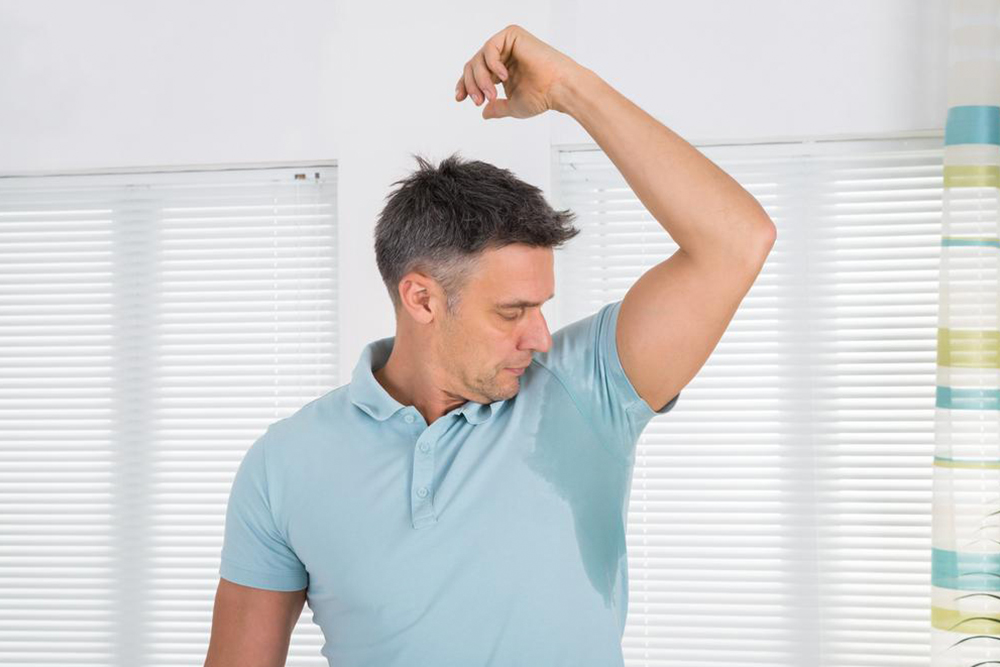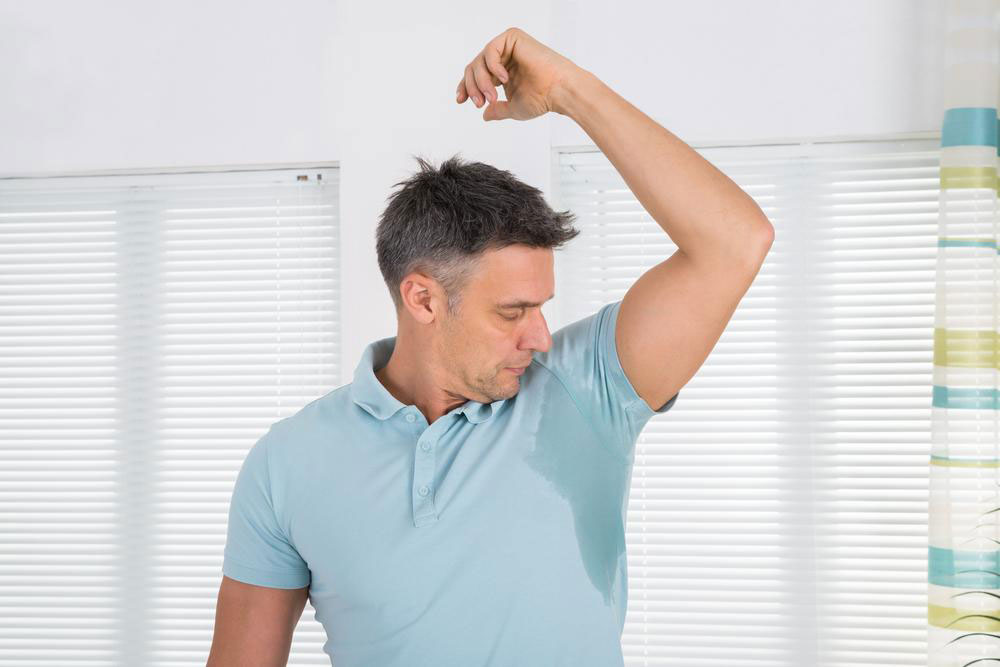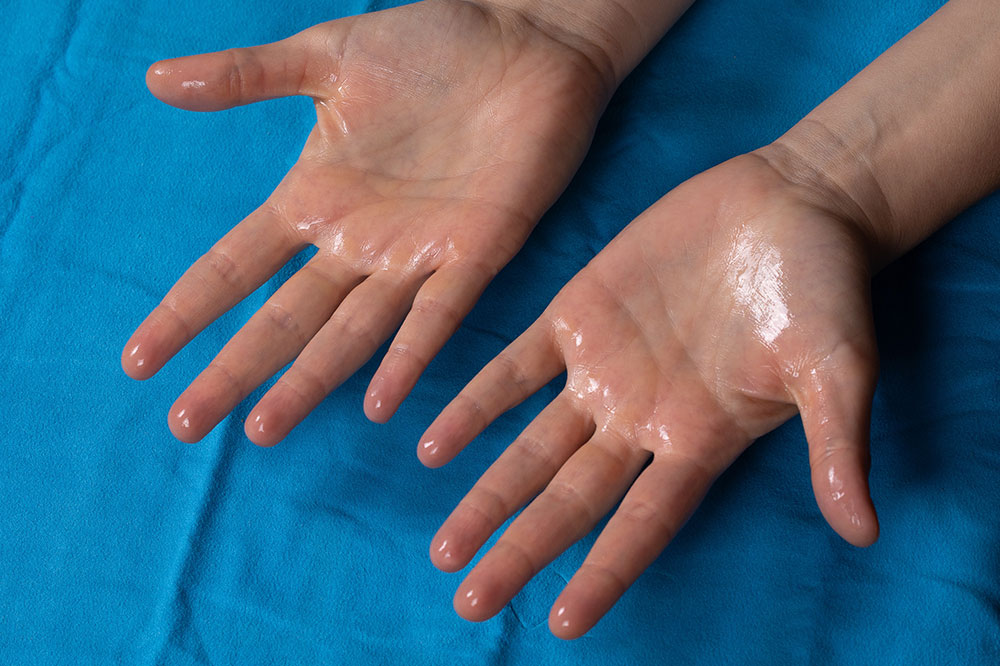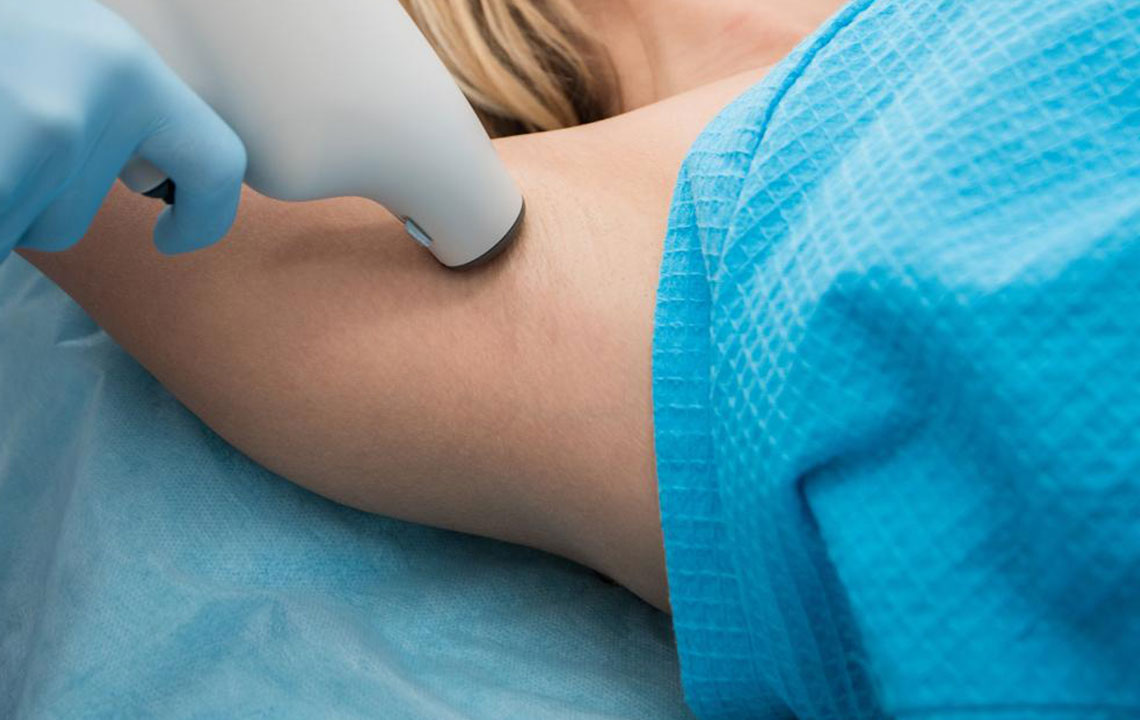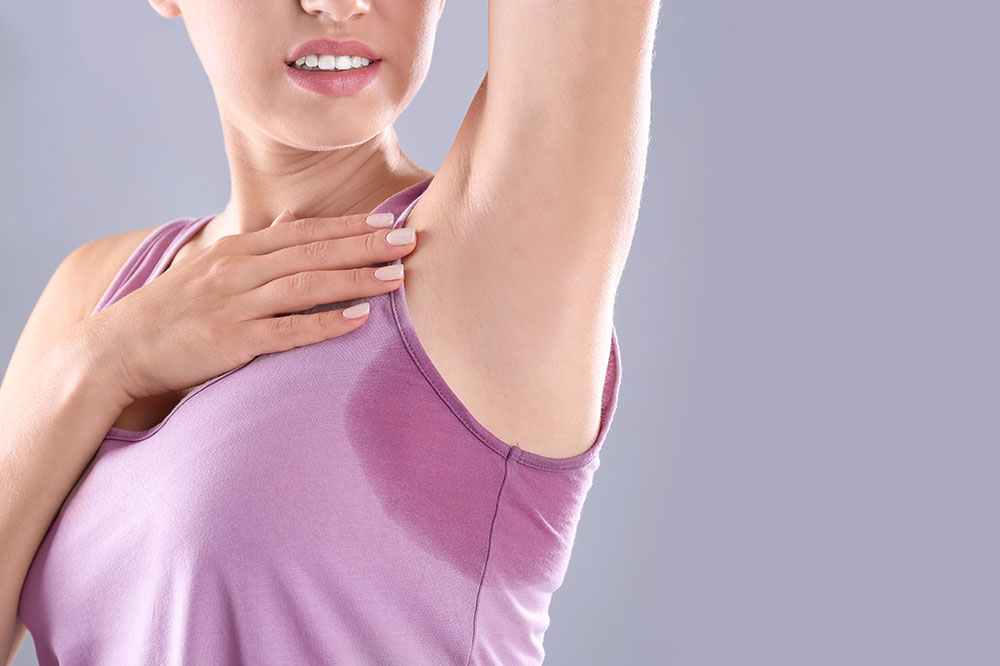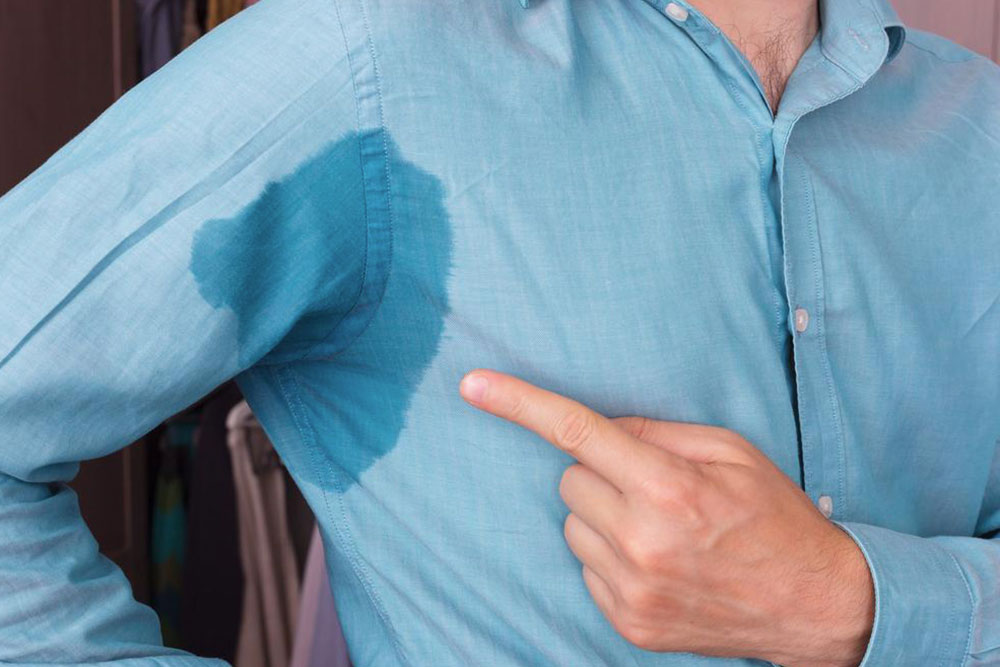Understanding Primary Hyperhidrosis: Causes, Symptoms, and Treatments
Primary hyperhidrosis causes localized excessive sweating, impacting social life. Treatments range from aluminum chloride antiperspirants to iontophoresis and medication, tailored to severity. Accurate diagnosis and expert consultation are essential for effective management.
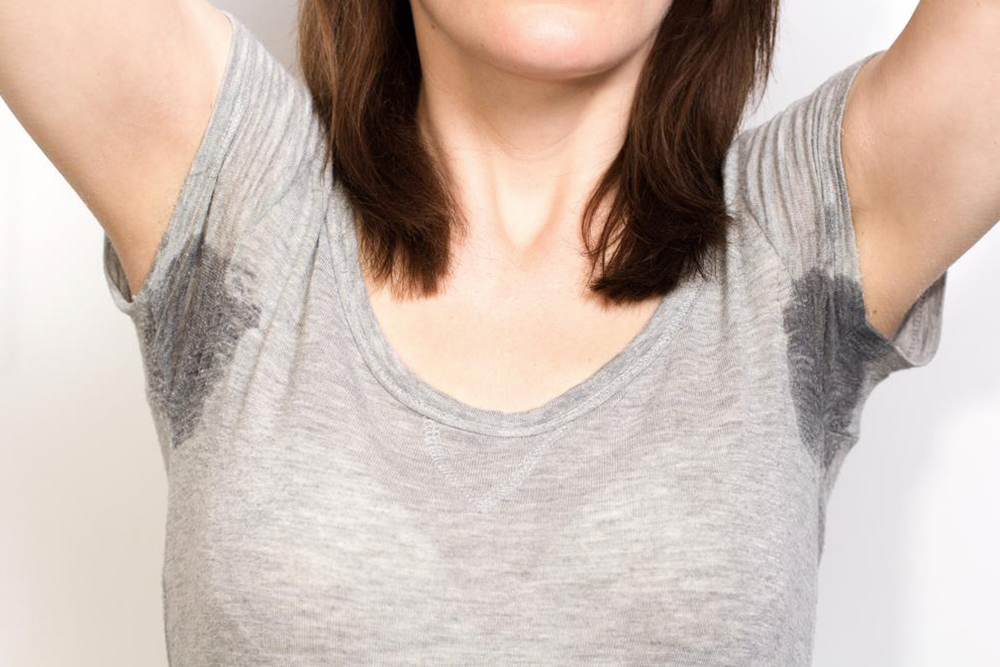
Understanding Primary Hyperhidrosis: Causes, Symptoms, and Treatments
Primary hyperhidrosis, also known as idiopathic or focal hyperhidrosis, is characterized by excessive sweating localized to specific areas like the underarms, groin, palms, or soles. It often causes social embarrassment due to staining clothes and foul odors from secondary bacterial infections. Diagnosis involves evaluating the patient's history to rule out underlying conditions. Treatment typically begins with over-the-counter antiperspirants containing aluminum chloride. When ineffective, prescription-strength antiperspirants are recommended, applied nightly for several days. For more severe cases, options like iontophoresis or oral medications may be advised by healthcare professionals.
Primary hyperhidrosis causes localized sweating, affecting social and psychological well-being.
Initial treatment involves aluminum chloride-based antiperspirants.
Advanced treatments include iontophoresis and medications.

